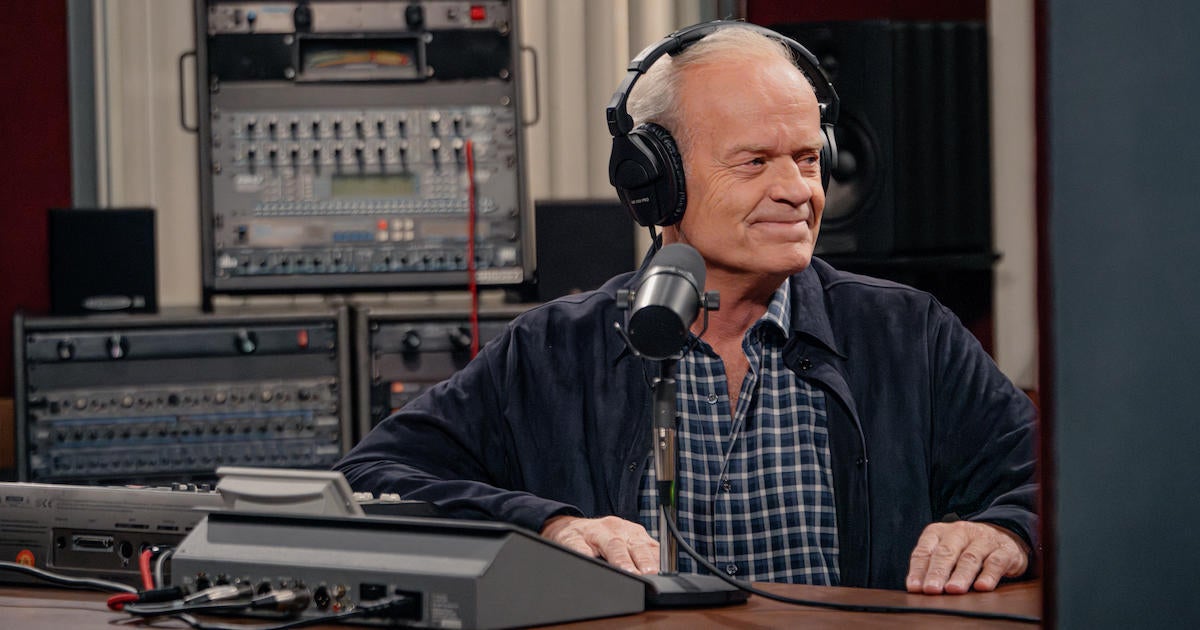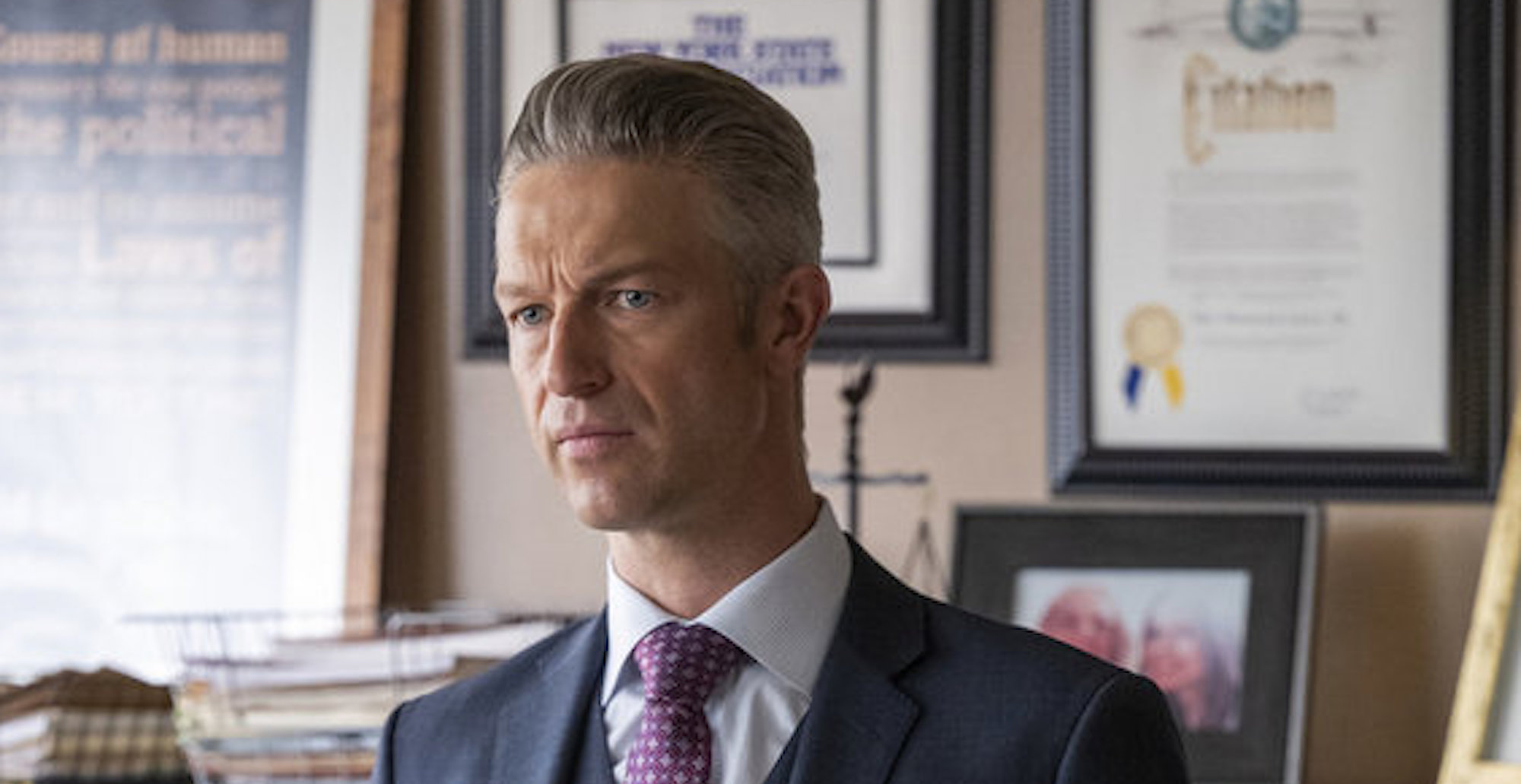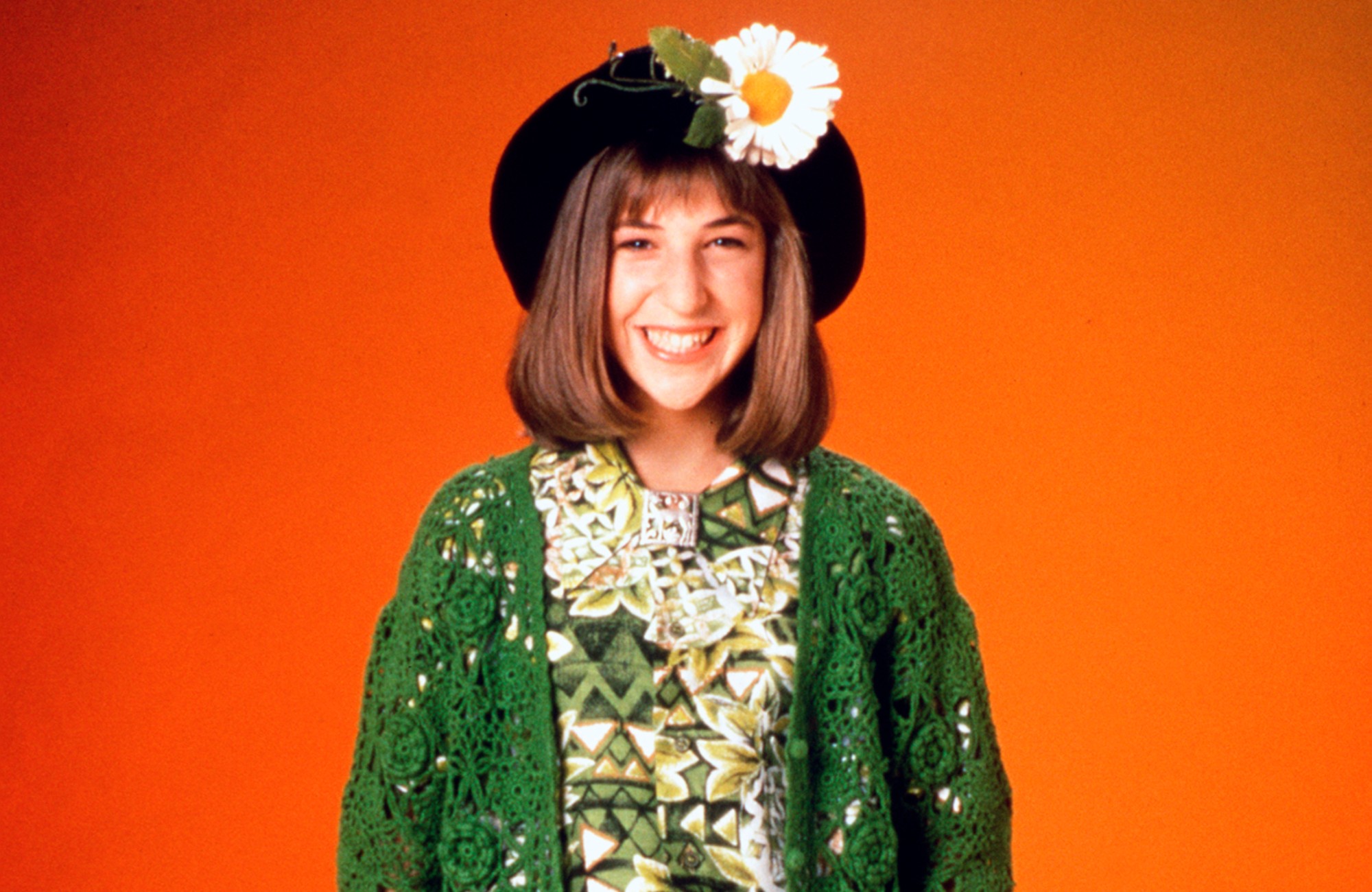“Mr. Brightside” and the Uncool Cool Kids of the “Rock Is Back” Moment
First came 60 Songs That Explain the ’90s. (We did that.) Then came 60 Songs That Explain the ’90s: The 2000s. (We’re doing that now—and yes, that’s the actual name.) But whether you want to jump back to the Clinton years or join us as we reboot our old iPods, you can find all of the collected works of Rob Harvilla right here. We’re kicking things off with Episode 1 on “Mr. Brightside” by the Killers, in which Rob tries to answer the eternal question: She was touching his WHAT NOW?!?! Read an excerpt of the episode below or listen to it on Spotify, Apple, or wherever you get your podcasts.
What you need to know, as we transition, elegantly, from the 1990s to the 2000s, is that at some point somewhere in there, rock died. Rock ’n’ roll died. I don’t recall that happening, the death of rock ’n’ roll. I certainly recall being informed that rock had died but now it was back, but I missed the death itself. It’s like if you lived in Judaea but you were out of town the weekend of the crucifixion, and you came back on Monday, and you were like, So, did I miss anything around here? And your friend was like, Well, Jesus is back, and you were like, What? And see, it’s odd, right, that I don’t recall the exact moment rock died, because I have to say, at the time, as a mouth-breathing ’90s teenager and as a somehow even dopier early-2000s young adult, I was paying very close attention to rock, I thought. An unhealthy amount of attention animated by a disconcerting intensity, you might say. Rock of course flourished in the early ’90s: Nirvana, Pearl Jam, Green Day, Veruca Salt, buh buh buh. But when did rock die, precisely? What was the exact moment of rock’s death, round abouts the turn of the century? Do you want the glib answer or the real answer? It doesn’t matter, actually, because they’re basically the same answer.
The glib answer is that rock ’n’ roll died in 1998 when Limp Bizkit released their unfathomably rude cover of “Faith” by George Michael; the not-glib answer is that rock ’n’ roll died when Limp Bizkit performed “Break Stuff” at Woodstock ’99, but I don’t want to talk about that, either.
That Limp Bizkit song was called “Show Me What You Got,” from their album Nocturnal Carnation and the Hot Dog Flavored Water … no, wait, sorry, that’s not right, I got that title wrong. Sorry. It’s actually from their 1999 album, Significant Other, and just in case you found the production on that song to be a little murky, Limp Bizkit frontman Fred Durst just said, “Comin’ raw with no corrections / Savin’ all perfections / For what I do with my erections.” Fred Durst: the Pablo Neruda of Jacksonville. The red hat up top and the all-dissolving thunderbolt below. Yeah, no, I’m afraid that Limp Bizkit is all dick, no phantom. Hey, forget about it. Because now it is September 2002, and Rock Is Back. Rock had died, but now it’s back. Y’know how I know this? Because it says ROCK IS BACK! on the cover of Rolling Stone, over a photo of … no, not them. No, not them, either. Guess again. Nope, sorry, not them. These are all great guesses, but no. Try one more time. One more guess. Yep. You got it.
Yes, the Vines, from Sydney, Australia, from their 2002 debut album, Highly Evolved, that is their breakout hit “Get Free.” I suspect that at some point in the hopefully distant future, I will play you audio of the Vines performing that song on the Late Show With David Letterman, but not now. The Vines on Letterman are somehow both too glib and too heavy for this particular occasion. If you want to approximate the experience of the Letterman version of “Get Free,” just put on the studio version of “Get Free” and throw yourself down the stairs. Pretty good song though, eh?
ROCK IS BACK! And what a relief. There is a feral and exuberant and yet dangerous quality to this, to this rock, a warm nostalgia but also a cool immediacy, a hint of menace but not, y’know, actual menace; this rock makes you want to break stuff, but nobody actually breaks any stuff other than the guy from the Vines, but never mind that now.
Yes, the Vines, the fourth band that you think of in September 2002 when you’re thinking about how Rock Is Back—the first three bands you think of being the Strokes, the White Stripes, and the Hives, most probably in that order but I might be a Hives guy, ultimately? I love the Hives. The Hives were on the cover of SPIN in 2004, and I have never forgotten a quote in that article from the bassist. Until 2013, when he retired for medical reasons, the bass player for the Hives was named Dr. Matt Destruction, which is a phenomenal name for a bass player, first of all, and second of all, the SPIN reporter, the great Marc Spitz, is talking to Dr. Matt Destruction, and Marc goes, Are you an actual doctor? And Dr. Matt Destruction goes, Yes, of course. And Marc the SPIN reporter goes, Well, if someone got hit by a taxi outside, could you save them? And Dr. Matt Destruction, says, Yes. With my bass guitar. And that’s the coolest thing a bass player has ever said in a magazine.
That’s an Air Bass Hall of Fame moment, right there, on the Hives’ 2000 breakout hit “Hate to Say I Told You So.” A great bass line. A great song. A great man. A great physician. God bless Dr. Matt Destruction. Where did rock go, while rock was dead? (Australia, evidently. And New York. And Detroit. And Sweden.) Was there other, less rocklike rock music, while rock was dead? (Sure. Sure. Do Coldplay count? No.) What filled the cultural vacuum created by the death of rock? Mostly teen pop, and also Eminem complaining about teen pop. What made rock come back? We were bored, honestly.
And listen: I’m in my mid-20s at this point, and musically speaking, I’ve been blatantly, shamelessly, aggressively marketed to my whole life. Every major new genre, every cultural uprising, every youth movement has been explicitly dictated to me, had been incepted into me by the TV, by the radio, by magazines, by people on stages. Now you like grunge. Now you like pop-punk. Now you like ska. Now you like electronica. And every time, I eat it up. I’m like, Yes. Yes. Yes. Thank you. Yes. The marketing, the branding, the aggression, the corporate-mandated vibe shift is not a new concept here in 2002; what’s new is my vague awareness that the blatant, shameless, aggressive marketing is occurring. I was like, Wow, we are really doing Rock Is Back now, and we are doing it with these four bands—the Strokes, the Hives, the Vines, the White Stripes—and that is that. I am hyperaware that this music is what’s cool now.
But what really interests me, historically, cool-wise, is the Slightly Uncool Thing that tends to happen, let’s say, one or two years after the Cool Thing. So historically, right, as we move into the late ’70s, punk rock is the Cool Thing, and so ’76 and ’77, we are introduced to the Sex Pistols, to the Ramones, to the Clash, to the Damned. But across ’77, ’78, ’79, we get Talking Heads, we get the Cars, we get Elvis Costello, we get apex Blondie, the B-52s, the Police, Devo. We get rock that makes me feel like I’m in a video arcade in the mall, which is basically my favorite place to be between the ages of 5 and 15. We get, broadly speaking, new wave, which is like punk, sorta, but it’s got more synthesizers, more pop frivolity, more stylized awkwardness, more nerds. Punk is and somehow will forever be the Cool Thing; new wave is the Slightly Uncool Thing. And historically, the really cool stuff tends to sound just a little bit uncool. So now in 2001 and 2002, all the magazines are telling me that the Strokes are the new Ramones, and therefore these dudes, god bless them, are the new Cars, and it just so happens that the new Cars are just what I needed.
Fountains of Wayne. I brought up Fountains of Wayne earlier, and now I really want to hear Fountains of Wayne. “Stacy’s Mom.” 2003. These guys are already on their third album here, and this is not their best song (that’s “All Kinds of Time,” or “Prom Theme,” or maybe “Barbara H.”), but this is inarguably their biggest song. Apex Fountains of Wayne. Dig the dorky majesty of the synthesizer. Dig the pop frivolity. Dig the stylized awkwardness. Dig the nerd grandeur. You really know Rock Is Back when the uncool kids get ahold of it. Of course, with this sort of thing, it helps to be English, or, if you can’t be English, at least try to be, like, Canadian.
Hot Hot Heat. 2003. The song is called “Bandages.” The band is Canadian. The dorky majesty of the circus organ: not very rock ’n’ roll but somehow exquisitely rock ’n’ roll, yes? “Talk to Me, Dance With Me” is the best Hot Hot Heat song. We’re getting closer to the apex of extra-cool uncoolness. We finally found some English people, for one thing.
Franz Ferdinand. 2004. “Take Me Out.” They are Scottish. That song rules, obviously. I will not insult your intelligence by elaborating on the fact that “Take Me Out” rules. Rock Is Back for me for real now. This sort of rock—my kind of rock—cares a little more about how it dresses than maybe it ought to. (Even if I, personally, dress like a slob.) This sort of rock maybe theoretically kind of makes you want to dance. (Even if I, personally, cannot and do not dance.) This sort of rock makes me feel like I’m at a video arcade at the mall. (Even if video arcades ain’t much of a thing anymore.) Tell me this doesn’t sound like Galaga a little bit, or perhaps Zaxxon.
It’s the keyboard, right? The keyboard that sounds like lasers. Like sex lasers. We have arrived. They have arrived. They are the Killers, from Las Vegas, Nevada. They are (therefore) not English, but they got popular in England first, and if they’d been around during the Revolutionary War, they probably would’ve sided with the English. Close enough.
This script has been lightly edited for length and clarity. Listen here and make sure to follow along on Spotify, Apple, or wherever you get your podcasts.







